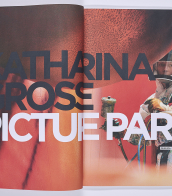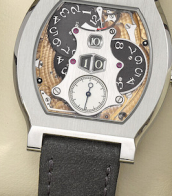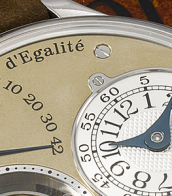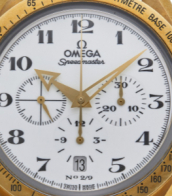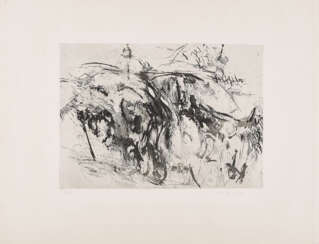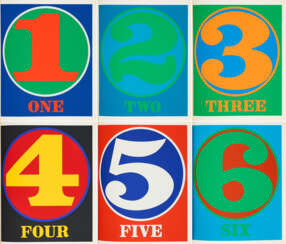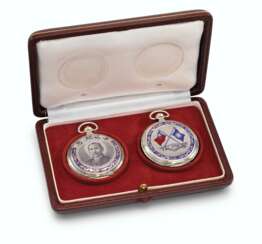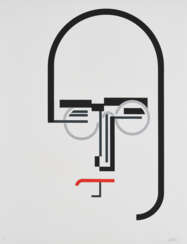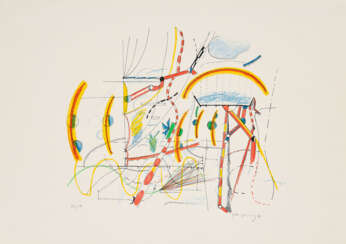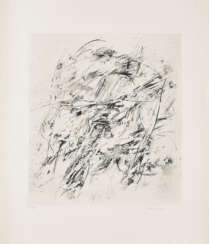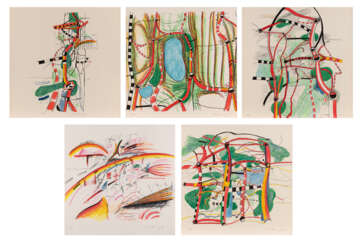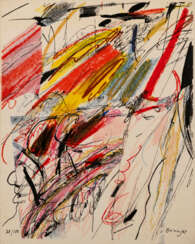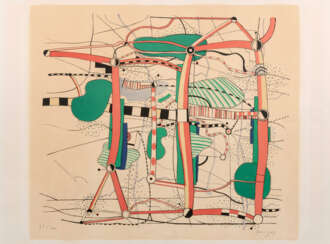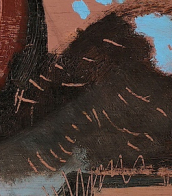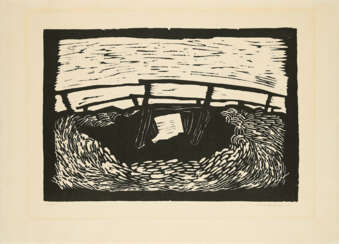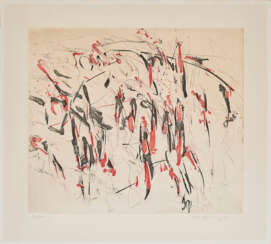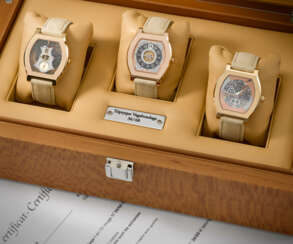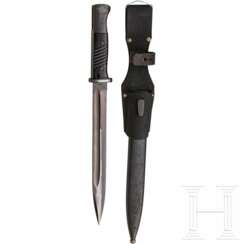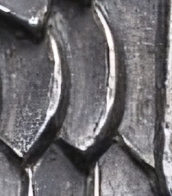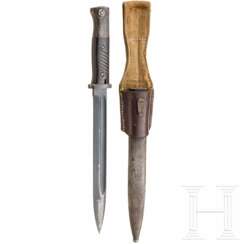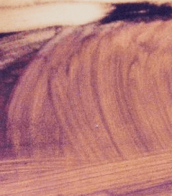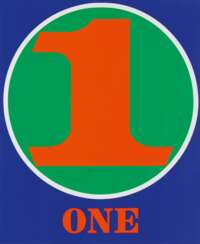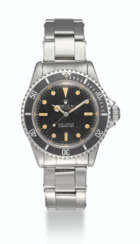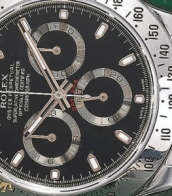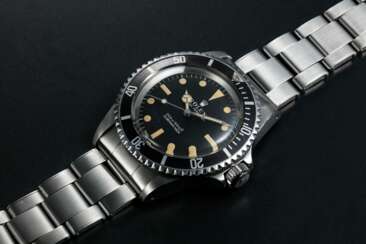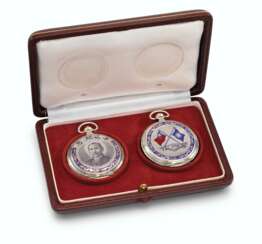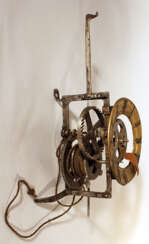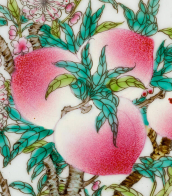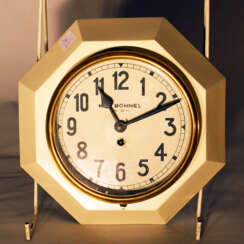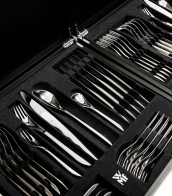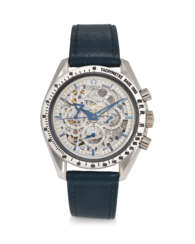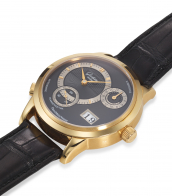numbers
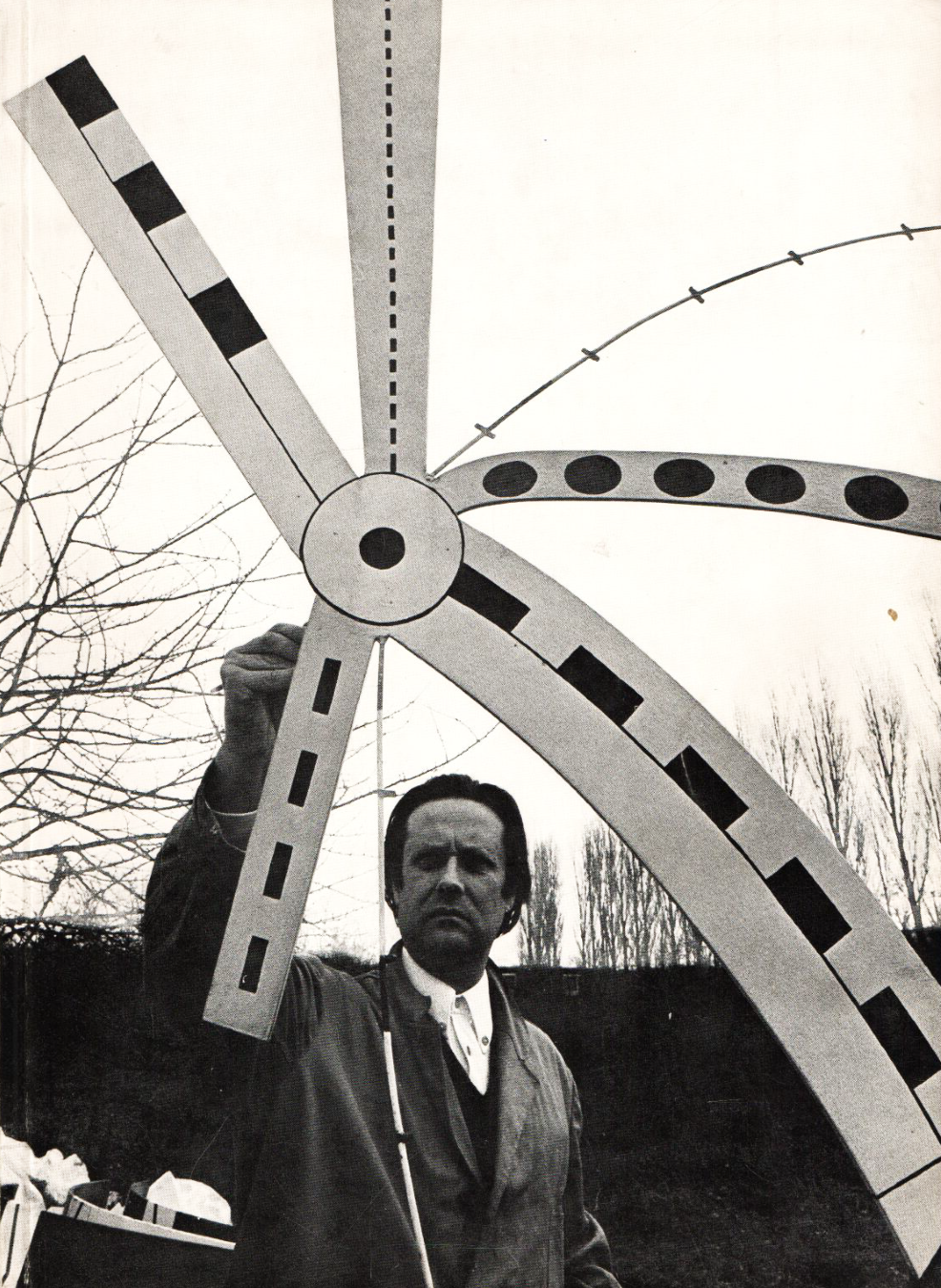
Peter Brüning was an internationally renowned German modernist painter and sculptor. His works of the 1950s can be classified as Informel.
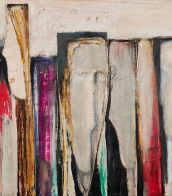
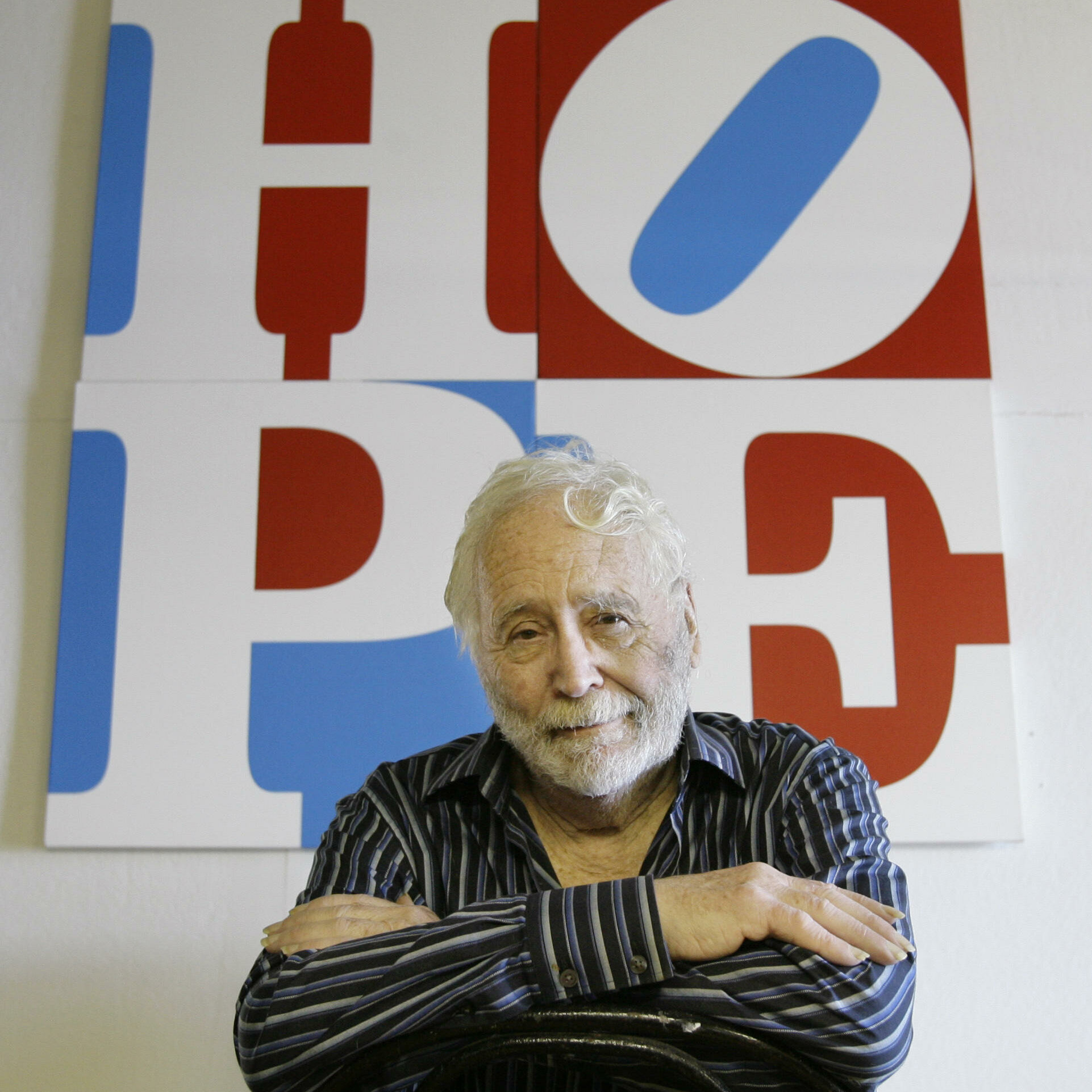
Robert Indiana (born Robert Clark) was an American artist associated with the pop art movement.
His iconic image LOVE was first created in 1964 in the form of a card which he sent to several friends and acquaintances in the art world. In 1965, Robert Indiana was invited to propose an artwork to be featured on the Museum of Modern Art's annual Christmas card. Indiana submitted several 12” square oil on canvas variations based on his LOVE image. The museum selected the most intense color combination in red, blue, and green. It became one of the most popular cards the museum has ever offered. Indiana continued to develop his LOVE series, and in 1966, worked with Marian Goodman of Multiples, Inc. to make his first LOVE sculpture in aluminum. In 1970, Indiana completed his first monumental LOVE sculpture in Cor-Ten steel which is in the collection of the Indianapolis Museum of Art.
In addition to being a painter and sculptor, Indiana made posters and prints and also designed stage sets and costumes for the Virgil Thompson and Gertrude Stein opera The Mother of Us All. Indiana's artwork has been featured in numerous exhibitions around the world and is included in the permanent collections of many major museums including the Museum of Modern Art, New York; Tate Modern, London; and the San Francisco Museum of Modern Art.
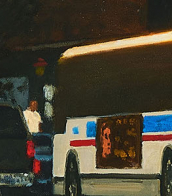
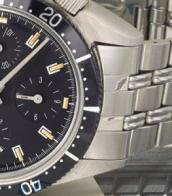

Walter Dexel was a German painter, commercial graphic designer, and transportation planner. He also functioned as an art historian and directed a museum in Braunschweig during the Second World War.
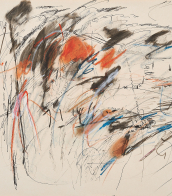

Peter Brüning was an internationally renowned German modernist painter and sculptor. His works of the 1950s can be classified as Informel.
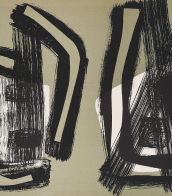

Peter Brüning was an internationally renowned German modernist painter and sculptor. His works of the 1950s can be classified as Informel.


Peter Brüning was an internationally renowned German modernist painter and sculptor. His works of the 1950s can be classified as Informel.


Peter Brüning was an internationally renowned German modernist painter and sculptor. His works of the 1950s can be classified as Informel.


Jakob Bräckle, a German painter, overcame physical challenges caused by a childhood vaccination mishap. He pursued art education at Stuttgart's Kunstgewerbeschule and later the Akademie der Bildenden Künste. Returning to his roots in Winterreute in 1923, Bräckle's journey took an unexpected turn in 1938 when he joined the NSDAP out of fear of persecution as a disabled artist. Despite this, his depictions of rural life thrived during the Nazi era.
In the late 1940s, influenced by Kasimir Malewitsch's works, Bräckle transitioned from small-scale rural scenes to large-format concrete art, removing human figures from his paintings entirely. His art found simplicity in monochromatic fields, notably in "Gelbes Feld" (1981). Bräckle resided humbly in Biberach's Talfeld district from 1937, where his modest studio now stands in the Braith-Mali-Museum, preserving his legacy. His artistic evolution, as he described in 1957, aimed for the "utmost simplicity" in his quest for abstraction, departing from naturalistic representations.
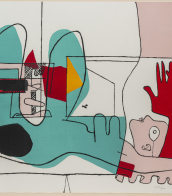

Peter Brüning was an internationally renowned German modernist painter and sculptor. His works of the 1950s can be classified as Informel.
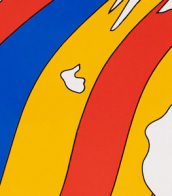

Peter Brüning was an internationally renowned German modernist painter and sculptor. His works of the 1950s can be classified as Informel.


Peter Brüning was an internationally renowned German modernist painter and sculptor. His works of the 1950s can be classified as Informel.

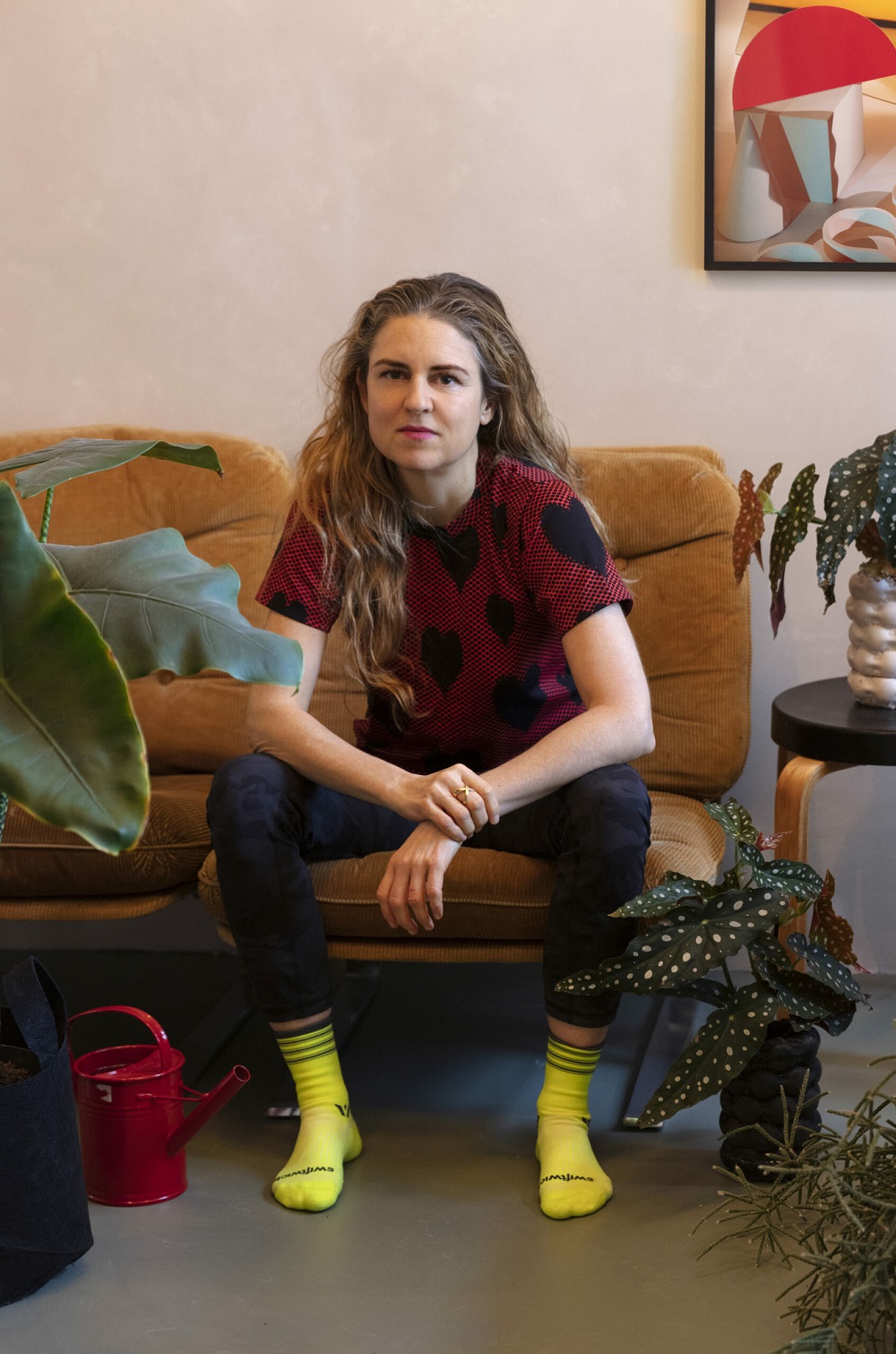
Kerstin Brätsch is a German contemporary visual artist who often creates large-scale, highly abstract works that combine multiple media. She studied at the University of Art in Berlin and Columbia University in New York and received a Master of Fine Arts degree in 2007. She currently lives and works in New York.
Brecht creates large works that she exhibits in a particular manner. This is as far as possible from the standard form of exhibiting artwork. She hangs her works on magnets, inserts them in double glass frames and rests them against the wall, leaving them on the floor. Using this peculiar method of presentation, she combines a bit of performance art into her visual works.
In 2014, Bratsch was awarded the August Macke Prize. In 2017, Bratsch was awarded the second Edvard Munch Art Prize, which is a cash prize and a solo exhibition at the Munch Museum in 2019.
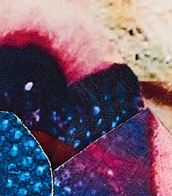
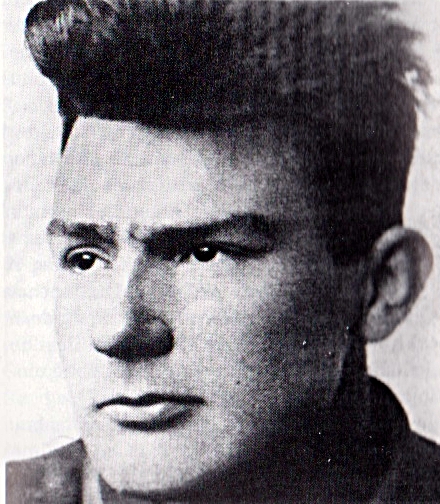
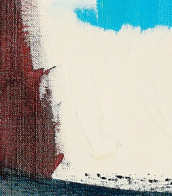

Peter Brüning was an internationally renowned German modernist painter and sculptor. His works of the 1950s can be classified as Informel.
